Autumn is the time of Canary chestnuts. Chestnut trees, also known in the islands as castañeros, begin to bear their first fruits with the onset of this season, although a little green at the beginning of autumn, it will be during October, November and December when they are harvested after ripening and falling to the ground.
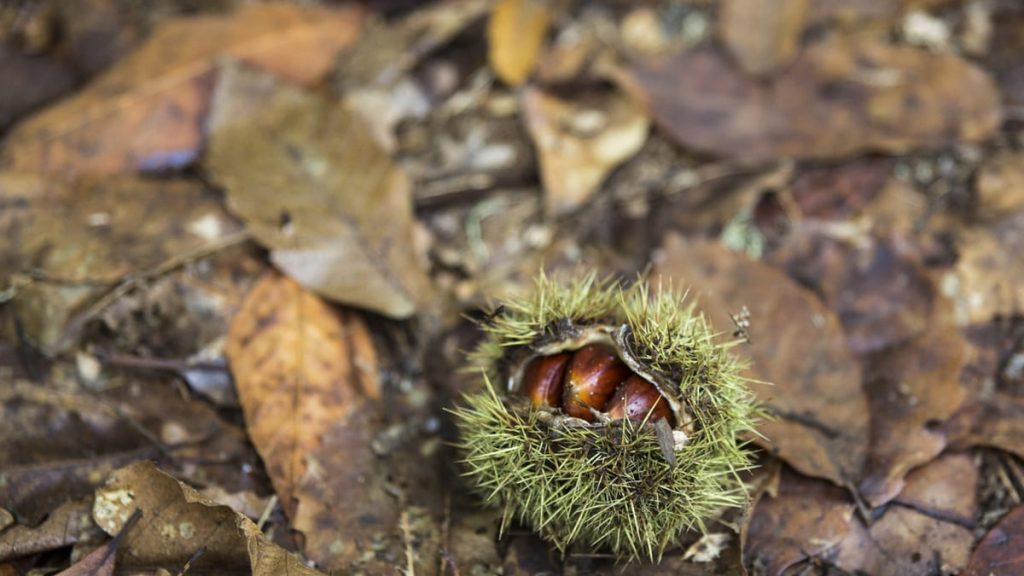
The chestnut is a dry fruit that needs humidity to grow and develop. It is usually found in the high midlands of the Canary Islands, but especially on the island of Gran Canaria, especially in the municipalities of Teror, San Mateo, Valleseco, the highlands of Firgas and Moya, Valsequillo and the summits of Tejeda and Artenara.
Chestnut trees or chestnut trees and their fruit: Canary chestnuts
The Canarian chestnut is the characteristic nut of the Fiesta de los Finados, at the beginning of November. The autumn festivities are not deprived of the consumption of this typical product. In addition, chestnut trees are not only used for their fruit, but also for their trunk and branches, as they provide a very good wood that can be used for firewood as well as for the manufacture of floors and furniture.
The chestnut tree or castañero: where canary chestnuts are grown
The chestnut tree is a fast growing tree, which can reach 30 meters in height, although generally the specimens we see in the Canary Islands have a somewhat smaller size between 8 and 12 meters. Its crown is wide and its trunk is thick and sometimes hollow in older specimens.
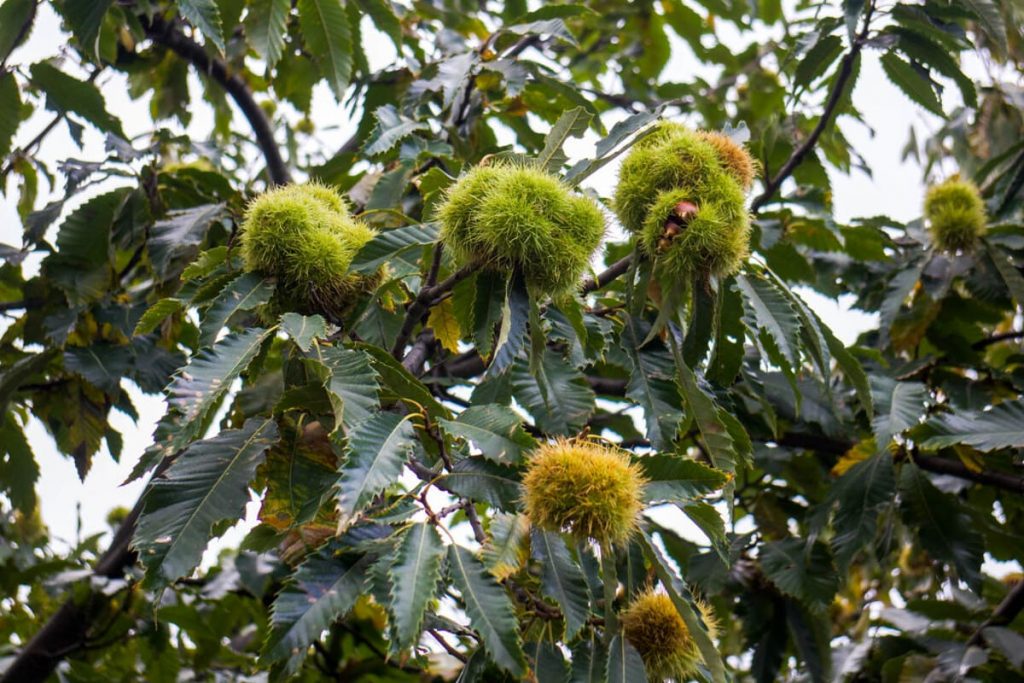
The chestnut tree or chestnut tree is a species introduced in the Canary Islands. It is a tree of remarkable development that, in addition, stands out for its great longevity and can reach up to 1000 years. The bark in young specimens is smooth and brownish, to take a dark brown and cracked after 15 or 20 years.
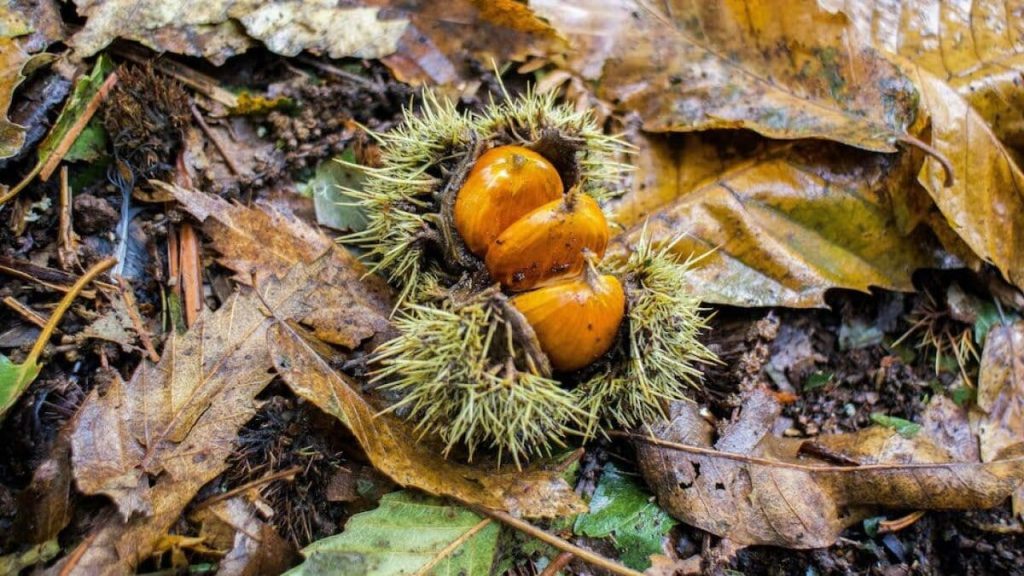
Its leaves are large, between 10 and 25 cm long by 5 or 8 wide, oblongolanceolate, acute or acuminate at the apex, subcordate or subtruncate base, simple, deciduous, alternate, with toothed-crenulate margins with teeth ending in a point and with the main and secondary veins very marked. The coloration is grayish green on the underside of young leaves, while the rest of the leaf is green.
The fruits of the chestnut tree: canary chestnuts
The fruits of the chestnut tree or castañero are a kind of hedgehog of green color and later brown or light brown, covered with long thorns. Inside are the so-called chestnuts, with a sharp apex and bright chestnut color.
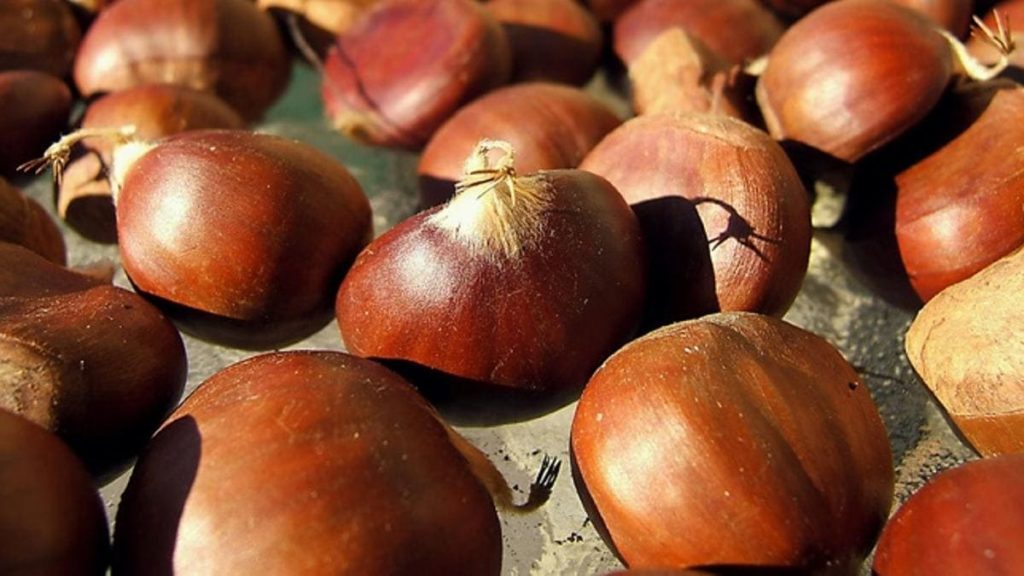
The chestnut tree is found in the Canary Islands both in the midlands and in summit areas, generally between 600 and 1500 meters above sea level, in areas dominated by the monteverde and, in some cases, associated with humid pine forests.
The history of chestnut growers in the Canary Islands
In the Canary Islands the expansion of chestnut tree cultivation took place around the 16th century with the double objective of producing fruit and wood. In El Hierro, La Palma, La Gomera, Tenerife and Gran Canaria there are areas of wild chestnut trees, which seem to respond to the abandonment of grafted plantations.
This tree has its center of origin in the Caucasus, Asia Minor. This species survived mixed with other taxa during the last glaciation. As for its use as a cultivated species, it seems to have originated in Ancient Greece and subsequently spread to the Latin world.
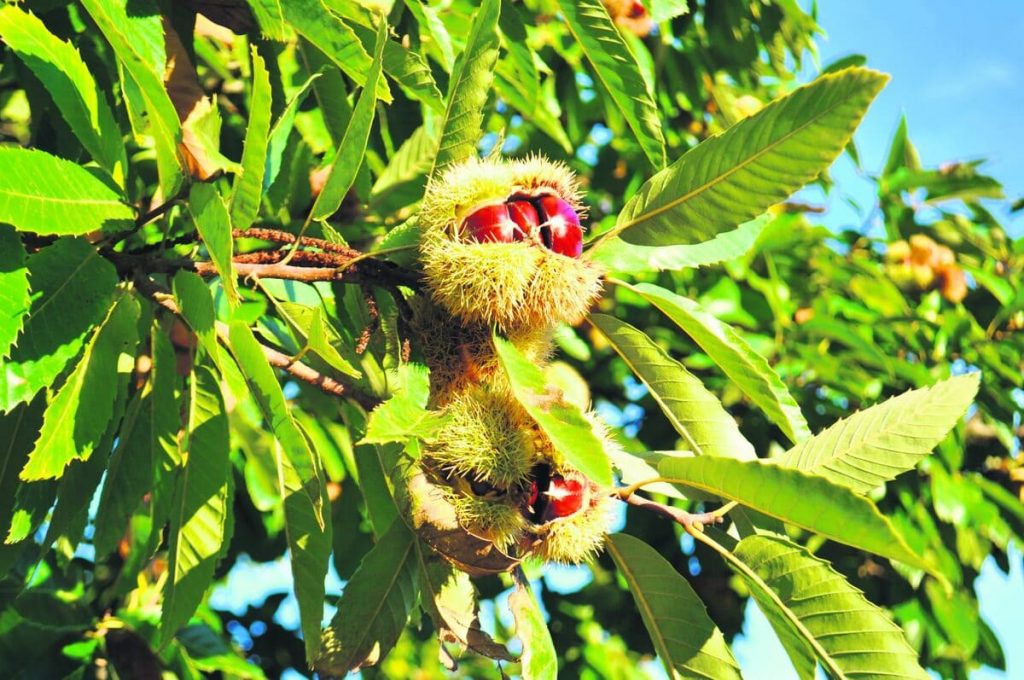
Among the historical specimens that still survive on the island of Tenerife and that are attributed an approximate age of 500 years is the "Castaño de Las Siete Pernadas" (Chestnut tree of Las Siete Pernadas).
If you are interested in the world of products made in the Canary Islands and want to know more about them, here are several articles for you to read and take some of the sweetness out of your mouth: Canary Island hot pepper, fundamental ingredient; Malvasia volcanica, the Lanzarote grape; Malvasia volcanica, the Lanzarote grape; Morena in the Canary Islands, tradition and beauty.
Paula Vera
Photos: Cabildo de Gran Canaria; lagavetavoladora.com



